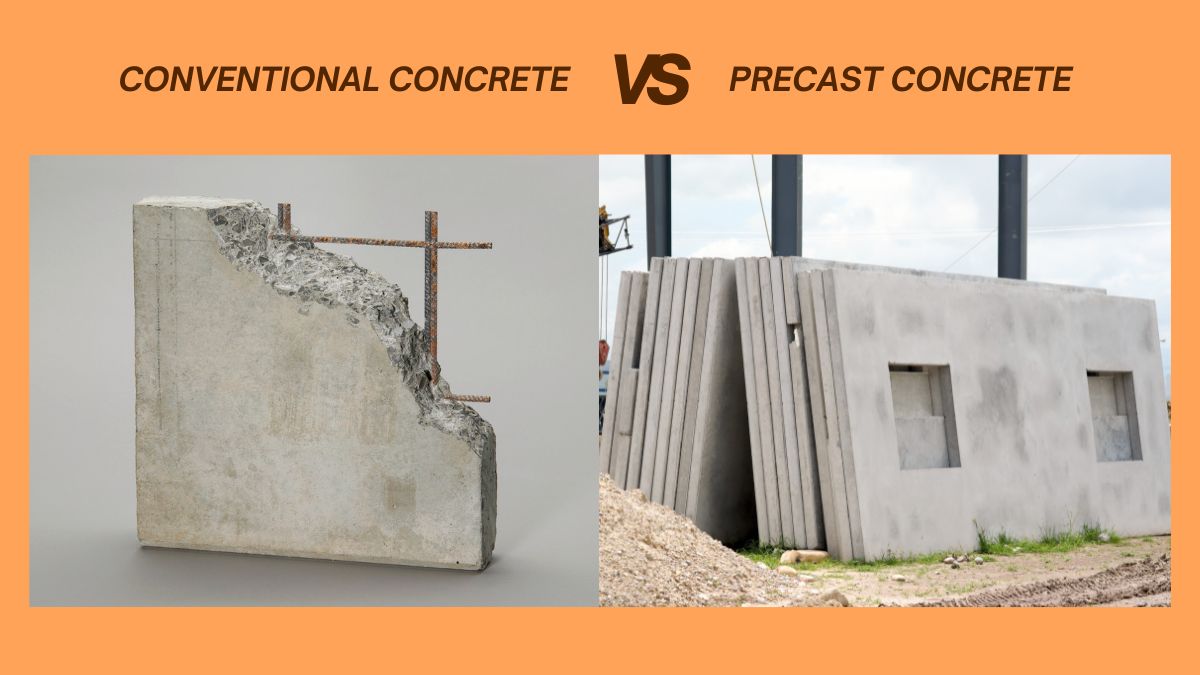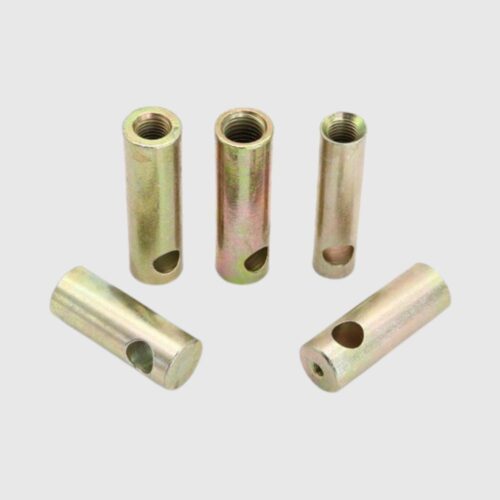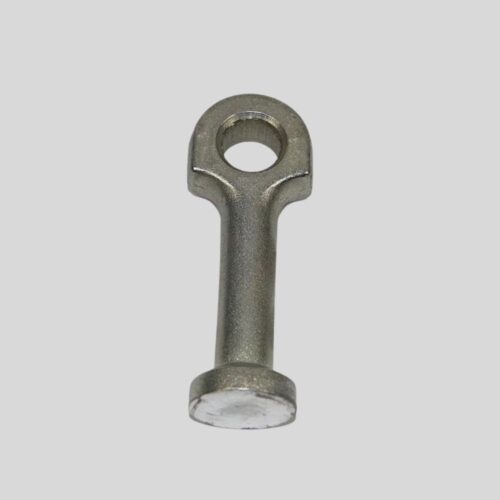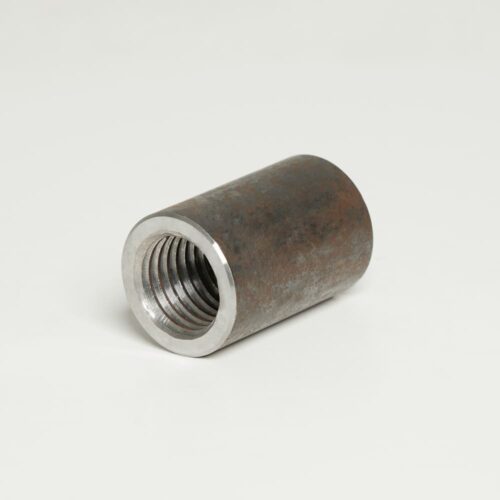
January 24, 2020
Comparison of Conventional and Precast Concrete Systems
Concrete is a widely used construction material, with various systems tailored to meet specific project requirements. Among these systems, conventional cast-in-place concrete and precast concrete are two dominant approaches. Both have unique characteristics, advantages, and limitations. This essay explores these differences in terms of production, installation, cost, quality, and sustainability.
Production Process
The primary distinction between conventional and precast concrete lies in their production processes.
- Conventional Concrete: This system involves mixing, pouring, and curing concrete directly at the construction site. The molds or formwork are built on-site, and the concrete is poured into them. This process allows for flexibility in design and immediate adaptation to site-specific requirements. However, it is labor-intensive and highly dependent on on-site conditions, such as weather and available workforce.
- Precast Concrete: In contrast, precast concrete components are produced in controlled factory environments. The concrete is poured into reusable molds and cured under regulated conditions to ensure consistency and durability. These components are then transported to the construction site for assembly. The off-site production process enhances efficiency and quality control but requires detailed planning and coordination.
Installation
Installation methods for these systems significantly influence the construction timeline and complexity.
- Conventional Concrete: Installation involves preparing the formwork, pouring the concrete, and allowing it to cure, which can take days or even weeks. This process is relatively slow and may lead to project delays, especially in adverse weather conditions.
- Precast Concrete: Precast components are prefabricated and simply need to be transported and assembled on-site. This approach significantly reduces construction time, as curing occurs off-site, and assembly can proceed regardless of weather. However, the need for heavy machinery to lift and place the components can add complexity.
Cost Implications
Cost considerations vary depending on the project scale and requirements.
- Conventional Concrete: Initial costs are generally lower due to the use of local materials and labor. However, the extended timeline and potential inefficiencies can increase overall project costs.
- Precast Concrete: While precast systems have higher initial costs due to factory production, transportation, and specialized equipment, the reduced construction time and labor costs often result in long-term savings. For large-scale projects, precast systems can offer significant economies of scale.
Quality and Durability
Quality and durability are crucial factors in selecting a concrete system.
- Conventional Concrete: Quality largely depends on on-site conditions, including the skill of the workers, weather, and curing process. This variability can lead to inconsistencies in strength and finish.
- Precast Concrete: Factory-controlled production ensures higher precision, uniformity, and strength. Precast components are less prone to shrinkage, cracking, and other defects, making them highly durable and reliable.
Sustainability and Environmental Impact
Sustainability is an increasingly important consideration in modern construction.
- Conventional Concrete: On-site production can lead to significant material waste, energy consumption, and emissions. The lack of precise control often results in inefficiencies.
- Precast Concrete: Precast systems minimize waste through efficient use of materials and reusable molds. Factory environments can integrate sustainable practices, such as recycling water and materials, to further reduce environmental impact. Additionally, the reduced construction timeline decreases on-site energy use.
Applications and Suitability
The choice between conventional and precast concrete depends on the project’s nature and requirements.
- Conventional Concrete: Best suited for small-scale, custom, or complex projects where flexibility is essential. It is also preferable in locations with limited access to factory facilities or transportation infrastructure.
- Precast Concrete: Ideal for large-scale, repetitive, or time-sensitive projects, such as bridges, high-rise buildings, and modular structures. Its precision and durability make it suitable for critical infrastructure projects.
Conclusion
Both conventional and precast concrete systems have their advantages and limitations. Conventional concrete offers flexibility and lower initial costs but may lack efficiency and quality consistency. Precast concrete excels in precision, durability, and speed but demands higher upfront investment and careful planning. The choice between these systems should be guided by project-specific factors, such as scale, budget, timeline, and sustainability goals. By understanding their distinct characteristics, engineers and architects can make informed decisions to optimize construction outcomes.
You might like this article




